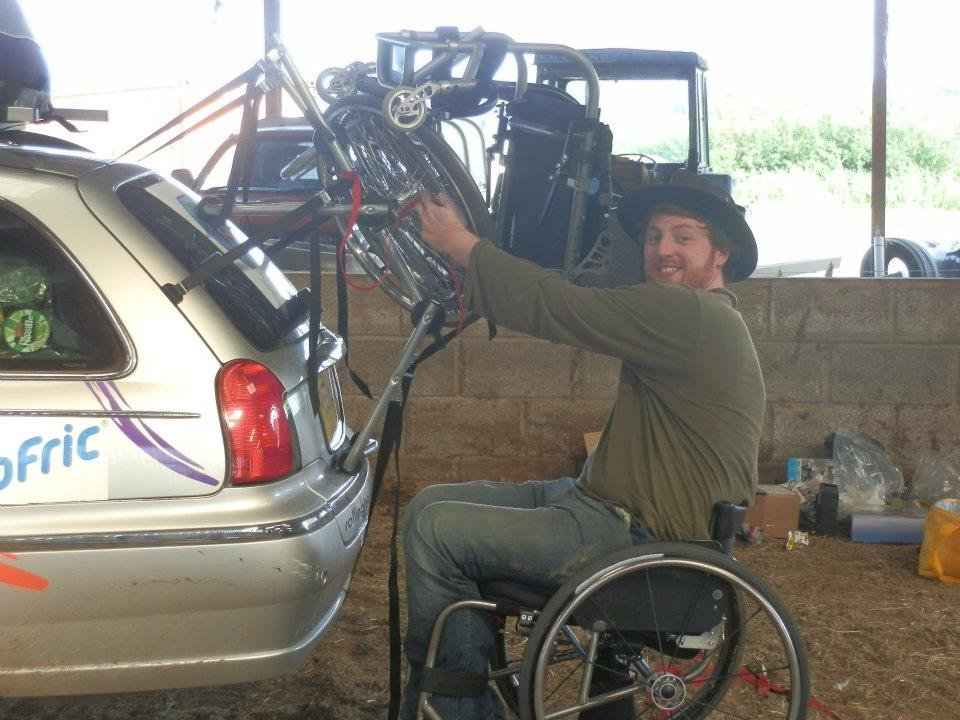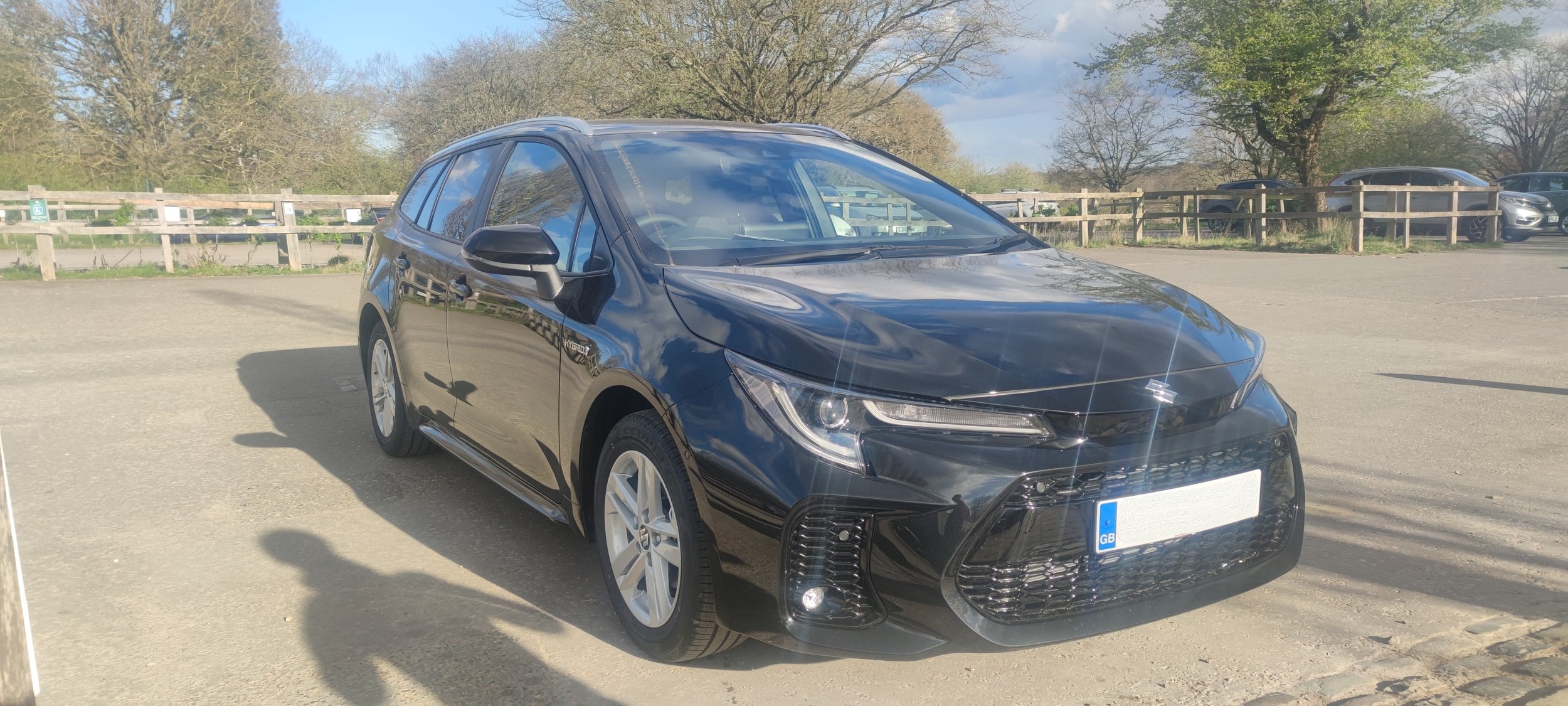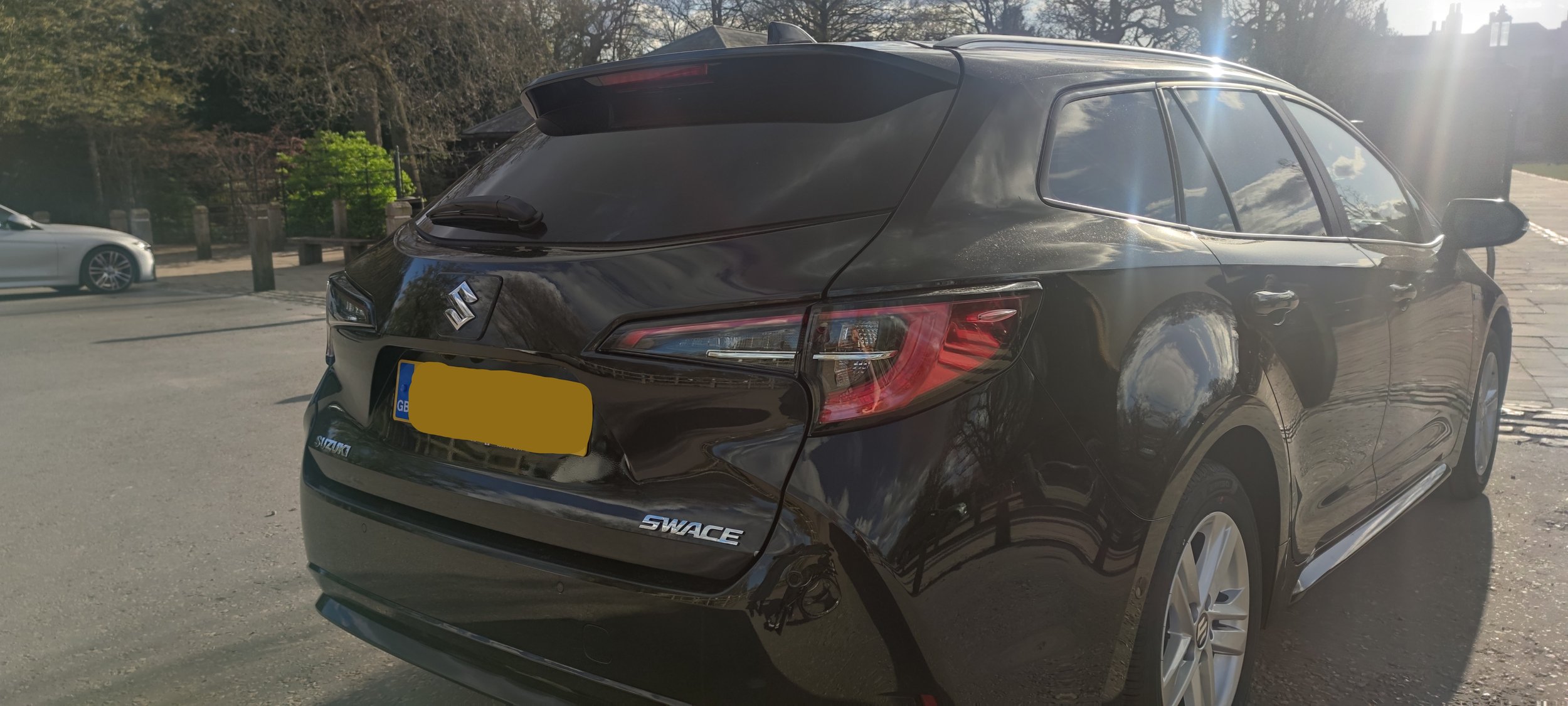3 key things when looking for my next car
My first time driving with hand controls
I was very excited to collect my new car from the showroom this week. It’s been more than 10 years since I’ve had my own car and the thought of freedom it would bring made me smile.
I remember having the same feeling when I got my first car. I was 20 years-old and fresh out of the hospital following my injury. I quickly realised that a car was going to play a big part in gaining independence. In a matter of weeks, I started driving lessons and before I knew it, I had my licence and a car.
Before starting my driving lessons in an adapted vehicle, I had no idea how it would be possible. I’d taken a couple of lessons in a car with manual transmission before I started using a wheelchair and couldn’t imagine how I would do the same without using my legs.
I was amazed when I jumped in the car for the first time at just how simple it was. A small lever to the right of the steering wheel allowed me to control the speed by pulling and pushing. There was a steering ball to ease use of the steering wheel and a separate switch for indicating. The most complicated thing was figuring out how to break my wheelchair down and get it into the car. But even that was just a matter of practice.
As a 20-year-old looking to be more independent, getting a car was going to be a life line but potentially a very costly one. Insurance alone at that age was extortionate. That’s why I feel incredibly lucky that we have access to the Motability Scheme, a charity through which you can trade your mobility allowance (currently £62.55 per week) to lease a car. This fantastic opportunity includes insurance and breakdown cover.
Having a car gave me a level of freedom that enabled me to live an active life, both physically and socially, in driving to college and all the sports I was playing at the time. The freedom in having a car played an important part in my post-injury rehabilitation. I learnt that things were still open to me as a wheelchair user.
Adventures on the road
I’m an explorer. It’s in my blood. When I learnt to drive it was always going to be the case that I wanted to go further and further. I’ve taken some amazing road trips across the UK, Europe, North America and, my favourite, taking part in the Mongol Rally and driving to Mongolia.
We named ourselves the “Wheelie Wanderers'' as all 3 team members were wheelchair users. I can imagine our car being quite the sight by the time we arrived in Mongolia with two wheelchairs on the back of the car and our broken exhaust pipe on the roof!
By the time I moved to London in 2011, I didn’t feel like I needed to have a car any more. Public transport, while not perfect, was really convenient and congested driving is not what I enjoy. Give me the open roads of the Gobi desert any day.
I haven’t stopped driving all together during my time in London. On a previous trip when I was working in the States, I’d bought some removable hand controls. If I felt a car would be useful for a weekend away or when I went abroad then renting was still an option. It’s slightly frustrating that automatics cost more and have more limited availability than the manual alternative, but it is certainly good to have the option.
Choosing the right car
Last year as I made the choice to start The Wheelchair Skills College, I realised that travelling to different venues and carrying equipment with me made having a car a necessity. The global shortage of semi-conductor chips means there has been a huge backlog in ordering cars. I originally placed an order for a car in August 2021 which was then cancelled in December. If I wanted to wait for the same car then it would be September this year. More than 12 months after placing my original order!
It can feel overwhelming looking at the 100’s of cars available to choose from. It’s important to think about what features matter most to you. When looking for a car this time, there were 3 things that were going to be important to me.
Budget - I needed a car that fitted in my budget as my income has reduced a lot since starting up my CIC.
Size - Carrying around equipment means that I need as much boot space as possible, so from the start I was leaning to an SUV or estate model.
Eco-friendly - I’m not convinced by the technology and infrastructure to support fully electric vehicles (EV) yet, but I did want to be environmentally conscious and get a reliable hybrid model.
I’m really pleased with the car I chose. The Suzuki Swace has all the key features that I need. Most reasonable price for this car type, a huge boot space and a hybrid electric engine that has been developed over the last 30 years.
I really love driving and I’m excited about how my new car will enable me to do so much more with work and no doubt some adventurous road trips. If you’ve not looked into getting a car before or would like to know more about what is new on the market for adapted vehicles, check out The Big Event from Motability on at the NEC in Birmingham on Friday 20th and Saturday 21st May.






